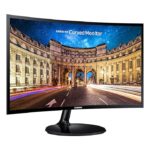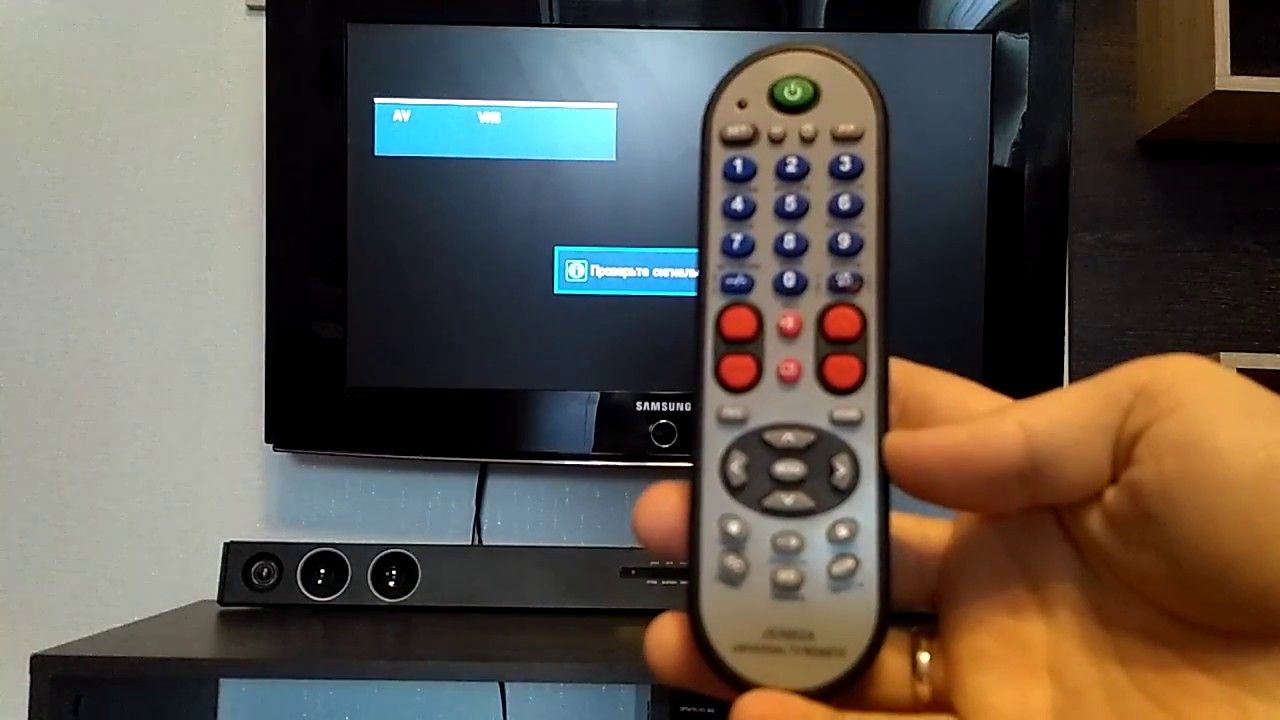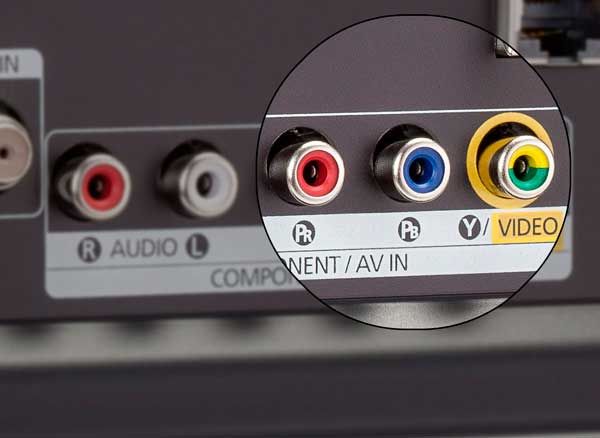TV response time
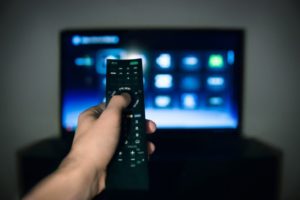 One of the important characteristics that determines the picture quality of a TV is its response time. It implies the required time for changing the brightness of the pixel.
One of the important characteristics that determines the picture quality of a TV is its response time. It implies the required time for changing the brightness of the pixel.
A pixel is the smallest element of a two-dimensional digital image, or an element of a display matrix that forms an image. The response is measured in milliseconds (ms). The less time it takes for color to change, the higher the image quality is considered.
The content of the article
Measurement options
Each manufacturer uses its own standards and rules for measuring response time. Therefore, you should not trust the numbers indicated in the TV specification. Basically, the pixel response speed is measured when changing colors using the following methods:
- From one shade of gray to another (GtG);
- From black to white and back (BtB or BWD).
REFERENCE! In this case, the response speed is measured not until the color changes completely (100%), but up to the 90% level. It is impossible to unambiguously determine which method is more accurate.
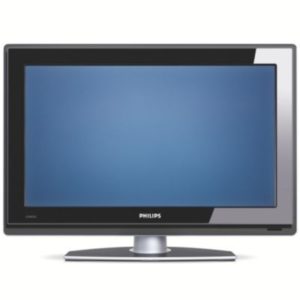 At first glance, the BWB technique, which covers the largest range of pixel changes, should more accurately characterize the response speed. In reality, frames with a sharp transition from white to black are very rare. Most cases are intermediate color transitions. Based on this, none of the methods gives an accurate answer to the correctness of the response measurement.
At first glance, the BWB technique, which covers the largest range of pixel changes, should more accurately characterize the response speed. In reality, frames with a sharp transition from white to black are very rare. Most cases are intermediate color transitions. Based on this, none of the methods gives an accurate answer to the correctness of the response measurement.
Information characteristics about the time of change from the manufacturer should be considered for a preliminary assessment.
Basic measurement option
The method of measuring the response from black to white and back has another name - Time rising, Time falling (TrTf). The largest TV manufacturing companies prefer to choose the TrTf method. It was this measurement method that was adopted as the standard for the first LCD TVs and approved by the Video Electronics Standards Association (VESA).
According to the standard, the optimal time is 20-25 ms. This time indicator is comfortable for perceiving rapid changes in video scenes. For some scenes, this time is not enough to eliminate the trailing effect on the screen. With an indicator of 8-12, this problem is almost completely resolved.
REFERENCE! TVs with a high rate of change may have the negative effect of flickering. If the disadvantage of slow response TVs is noticeable in active scenes, then the flickering effect occurs constantly.
If we compare the screen frequency of 50 Hz with the response, then the pixel change time will be 14-16 ms.
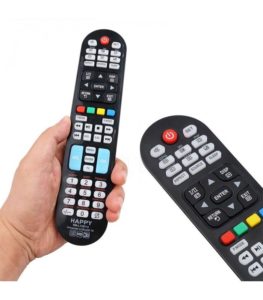 The most common and accurate method is considered TrTf. Despite the accepted VESA standard, it is not mandatory for all TV manufacturers. Therefore, you should not trust the information provided in the technical specifications. In some models, the response time is simply not specified. A full assessment of speed is performed by comparing one action scene on different TV models.
The most common and accurate method is considered TrTf. Despite the accepted VESA standard, it is not mandatory for all TV manufacturers. Therefore, you should not trust the information provided in the technical specifications. In some models, the response time is simply not specified. A full assessment of speed is performed by comparing one action scene on different TV models.
Reference: Peripheral vision is more susceptible to image changes as well as flicker. Therefore, comparisons between models must be made using peripheral vision rather than direct vision.
At the moment, VESA is working to bring it to a unified measurement system.
Although response time is an important characteristic, you should not choose a TV model based on one indicator. It is necessary to take into account such parameters as: diagonal, expansion, brightness, contrast, color rendition.

